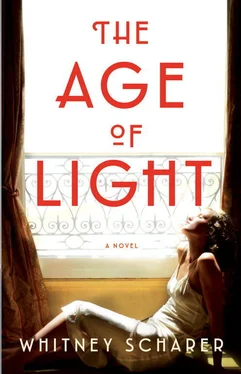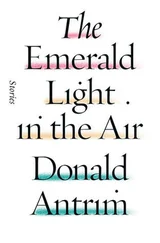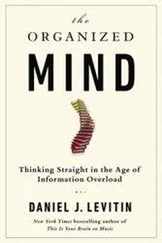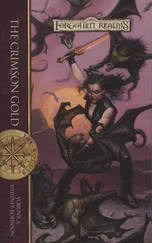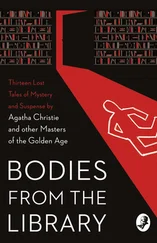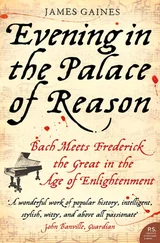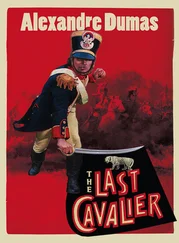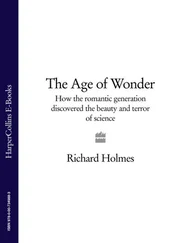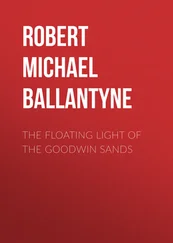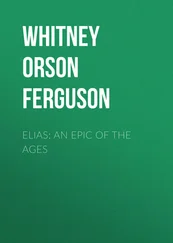Whitney Scharer
THE AGE OF LIGHT
For my mother, with love and gratitude
Surely all art is the result of one’s having been in danger, of having gone through an experience all the way to the end, where no one can go any further.
—
Rainer Maria Rilke
Farley Farm, Sussex, England
1966
Hot July. The downs have greened up from the past week’s rain and rise into the sky like mossy breasts. From the windows in Lee Miller’s kitchen she sees hills in all directions. One straight gravel road. Stone walls made long before she got here that divide up the landscape and keep the sheep where they belong, calmly chewing. Her husband, Roland, with his walking stick, wends his way along the bridle path. He has two of their houseguests with him, and stops to point out a mole’s burrow that could break an ankle, or a cowpat that might be a little too much country for some visitors.
Lee’s herb garden is just outside the kitchen and about as far as she ever chooses to walk. Roland stopped asking her to join him on his constitutionals years ago, after she told him that until he puts a sidewalk on the downs and lines it with café bars, she’s not going to be wasting her time tromping through the hillsides. Now she thinks he welcomes the time apart from her, as she does from him. Each time she watches him leave, the hand that’s clenched around her throat loosens a little.
Of all the rooms at Farley Farm, the kitchen is where Lee is most content. Not happy, but content. No one goes in here without her, and if they did, they could never find what they were looking for. Spice jars teeter in uneven towers, pots in various states of filth cover the counter and fill the sink, containers of vinegar and oil stand open on the shelves. But Lee knows where everything is at every moment, just like she used to know in her studio, the clutter confounding to everyone except her. When Dave Scherman, her photography partner during the war, used to come into her room at the Hotel Scribe, he’d always have some cocky comment ready—“Ah, making an installation piece out of used petrol cans, are we, Lee?”—and she thinks of him when she’s in her kitchen and wonders what he’d say to her now. Dave is one of the few of her war days friends who hasn’t made the trek out here to see her. She’s glad of it. The last time she saw him, back when they were all still living in London, Lee overheard Dave say to Paul Éluard that Lee had gotten fat and lost her looks and that not being pretty was making her angry. Which isn’t true, of course. There is so much more that’s making her angry than the stranger who greets her in the mirror each morning, burst blood vessels blooming across her puffy face.
Lee trained at the Cordon Bleu a few years ago, and now she makes multicourse dinners almost every weekend and writes about them for Vogue . She is the magazine’s domestic correspondent. Before that she was its war correspondent, and before that she was its fashion correspondent, and before that she was its cover model. In 1927, an Art Deco sketch of her head, cloche pulled low like a helmet, ushered in an era of new modernism in women’s fashion. A remarkable career, everyone always says. Lee never talks about those days.
Vogue is on Lee’s mind because Audrey Withers, her editor, is coming to dinner tonight. Audrey is most likely coming to fire her and making the journey to Farley to do it in person. Lee would have fired herself long ago, after the twentieth missed deadline or the tenth familiar pitch about entertaining in a country home. She’s loyal, though, Audrey, and the only fashion editor who ever tries to tell women about something more important than the latest trends in evening wear. Audrey will be buffered by some other guests: their friend Bettina, and Seamus, the Institute of Contemporary Arts’ curator and Roland’s right-hand man. Lee thinks that Audrey will not be able to fire her in front of Roland’s friends. Maybe she can feel her out, turn things around, find her way back in.
Tonight’s menu is a variation on one Lee has served before. Ten courses. Asparagus croûtes with hollandaise, scallop brochettes with sauce béarnaise, tots of vichyssoise, Penroses, mini toad-in-the-hole, Muddles Green Green Chicken, Gorgonzola with walnuts, beer-braised pheasant, a ginger ice, and bombe Alaska served flambé-style with the lights turned low. If Lee can’t work for Audrey, she will kill her with butter and cream and rum-soaked meringue.
When Lee was reporting back from Leipzig and Normandy during the war, Audrey was often the only person she would contact. Lee sent her those first photos of Buchenwald, and Audrey ran them with the story Lee had pounded out on her little Hermes Baby, fueled by Benzedrine and brandy and rage. Audrey ran her words exactly as Lee had written them, with the headline “Believe It” and the photos full bleed, huge on the page in all their gruesome glory. Didn’t care that somewhere in Sheffield a housewife turned from one shiny page advertising the latest Schiaparelli gloves to a bruised and beaten SS guard on the next, his nose broken and his pig’s face covered in thick black blood.
It is noon and Lee starts on the Penroses, a dish she invented of thick closed mushrooms stuffed with piped pâté de foie gras and topped with paprika to look like the roses that grow at the edge of the herb garden. They are easy to do incorrectly, and the entire process takes hours. Roland often gets angry at her because she’ll say dinner at eight and it will be nine, ten, eleven o’clock and all the guests will be tired and drunk by the time she brings out the first course. Lee shrugs him off. Once she made a grilled bluefish in homage to a Miró painting and even Roland agreed that it was worth the wait.
Tonight, though, Lee will be on time. She will emerge from the kitchen calm and regal, and dish after dish will reach the table like performers in a well-executed dance. There is magic to a multicourse meal, and on the best of days it reminds Lee of what it used to feel like to be in the darkroom, moving at exactly the right pace, no wasted effort.
Lee finishes the Penroses and leaves them on top of the icebox. Next she makes the hollandaise, more than they’ll need, whisking the yolks with the lemon juice in a copper pot, the whisk ting-ting-tinging against the metal. Outside, Roland and the early guests crest a hill, following one behind the other like ducks in a little line, and then dip down into a valley and disappear from view.
What will Lee say to Audrey? She has ideas for articles, none of them good. She has apologies. These feel better, more genuine. It’s been a rough few years, moving out here, only getting to London a few times a month, cut off from everything. But she knows her writing is still good. Her photos are still good. Or they would be if she could do them, if she could shrug off the stultifying sadness that she pulls around with her like a heavy cape. She will tell Audrey that she feels ready now. She will tell her that she moved the junk out of one of the bedrooms and set up her typewriter in there, the desk pushed up under a small square window with a view of the drive rolling out and away from the farm. Lee even snapped a photo, the first she’s taken in months, framing the window inside the viewfinder, a view within a view, and tacked it up next to her desk. Audrey will like to know that Lee has made a picture. That she’s sat there, running her fingers over the typewriter’s dented sides, watching the chickens peck their way across the drive. When Audrey asks, Lee will offer her sharp incisive sketches of country living. She will give her anything she wants of this life of hers, on time, with photos if she can manage it.
Читать дальше
